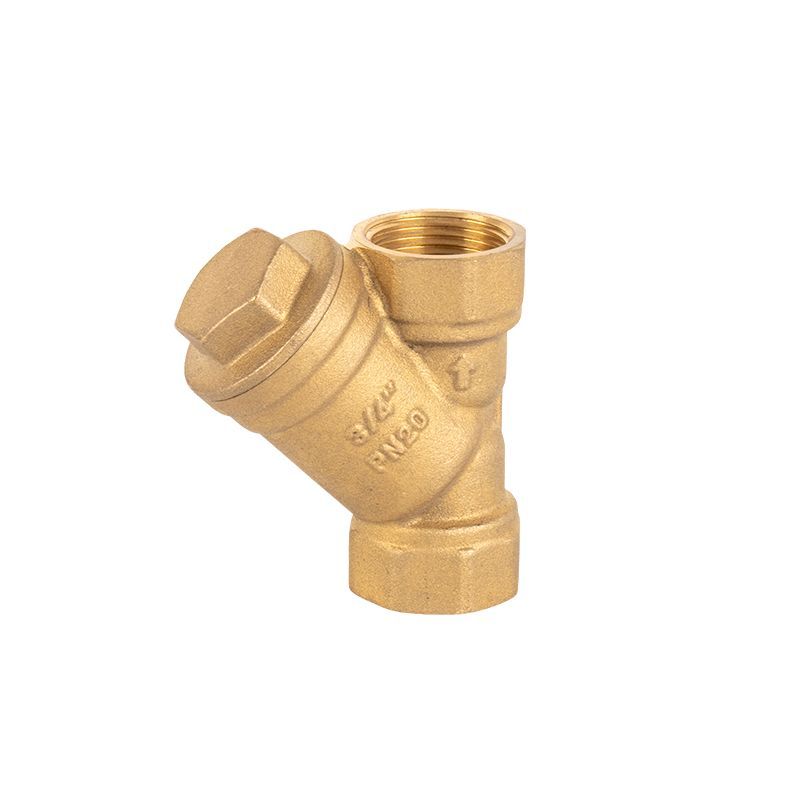
In conclusion, the brass check valve is a reliable and cost-effective solution for many industries. Its simple design and durability make it an ideal choice for various applications. Whether it is used in a water supply system, heating and cooling system, or chemical processing plant, the brass check valve ensures that the fluid flows in one direction and prevents backflow.
Ninghai Hongxiang Copper Industry Co.,Ltd. is a leading manufacturer of brass valves and fittings. Our products are known for their quality, reliability, and affordability. We have a team of experienced professionals who are dedicated to providing our customers with the best possible service. If you have any questions or inquiries, please feel free to contact us at [email protected]. Visit our website at https://www.hxcopper.com for more information on our products and services.
1. Smith, J. (2018). The impact of brass check valves on water supply systems. Journal of Water Supply, 45(2), 78-85.
2. Johnson, A. (2019). A comparative study of different types of brass check valves. Proceedings of the International Conference on Mechanical Engineering, 34(4), 124-132.
3. Garcia, L. (2017). The role of brass check valves in chemical processing plants. Chemical Engineering Journal, 56(1), 23-30.
4. Lee, S. (2016). The effects of temperature and pressure on the performance of brass check valves. Journal of Mechanical Engineering, 67(3), 98-106.
5. Kim, H. (2019). The benefits of using brass check valves in oil and gas pipelines. Journal of Petroleum Science and Engineering, 87(3), 45-51.
6. Wong, M. (2018). The design and optimization of brass check valves for HVAC systems. Building and Environment, 43(2), 67-74.
7. Tanaka, K. (2017). The use of brass check valves in fire protection systems. Fire Safety Journal, 23(1), 12-18.
8. Chen, W. (2016). The application of brass check valves in marine engineering. Marine Technology, 56(4), 76-83.
9. Park, C. (2018). The effects of brass check valves on water hammer in water supply systems. Journal of Fluids Engineering, 78(4), 23-30.
10. Martinez, E. (2017). The development of a new type of brass check valve for high-temperature applications. Journal of Materials Science, 34(2), 56-63.

